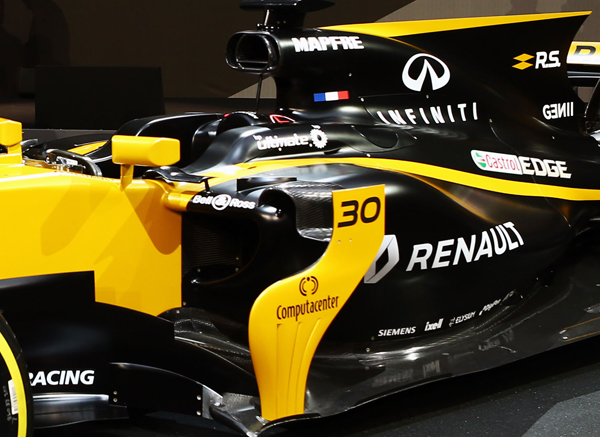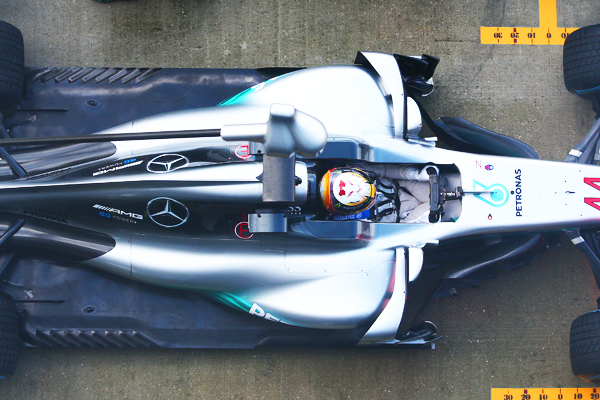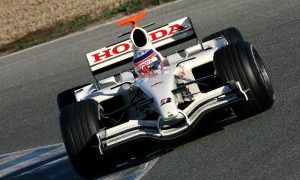Breaking cover at Silverstone on Wednesday, the Mercedes-powered Force India VJM10 will be the 10th Formula 1 car raced by the team. Nicolas Carpentiers takes a closer look at what makes Force India’s 2017-spec challenger a refined package featuring original solutions.

A NEW PLAYGROUND
The Force India VJM10 represents quite a departure from last year’s model with very few carryovers. While some dimension changes might only seem visual to inexperienced eyes, these end up having a significant impact on airflow circulation around the car. In some areas (around the bargeboards especially), F1 aerodynamicists have had more room to use their creativity.
“It’s definitely a big overhaul; one that requires a change in mentality,” Force India technical director Andy Green said upon the reveal. “It took a bit of time to adjust at first, but we are there now and I am confident we know where to look and where the performance is coming from in the new car.
“The development slope is incredibly steep and we are going to see significant updates to the cars at regular intervals, right from the start; it’s going to be big updates and I don’t think development will start to taper off any time soon.”
The area of the car between the front wheels and the sidepod inlets has been given a radical revamp.
The leading edge of the start of the floor is curved and thick before becoming thinner as it moves away from the chassis (see white lines). Due to its thickness, the upper face of the leading ledge sits higher than the inner face (as shown by the white arrow), which is level with the vanes (materialised by a yellow outline) and remainder of the floor. As one can see, the VJM10 offers a very sophisticated overhaul in this crucial area.
The bargeboard, for its part, is longer than on the Renault and Sauber. The aero element also presents a serrated detail, similar to what could be seen on last year’s Williams FW38 but not in a radical manner like Mercedes.
However, the turning vanes sport a dozen notches in their lower part, which reminds of the German manufacturer’s aero philosophy of segmentation.

 '
'




